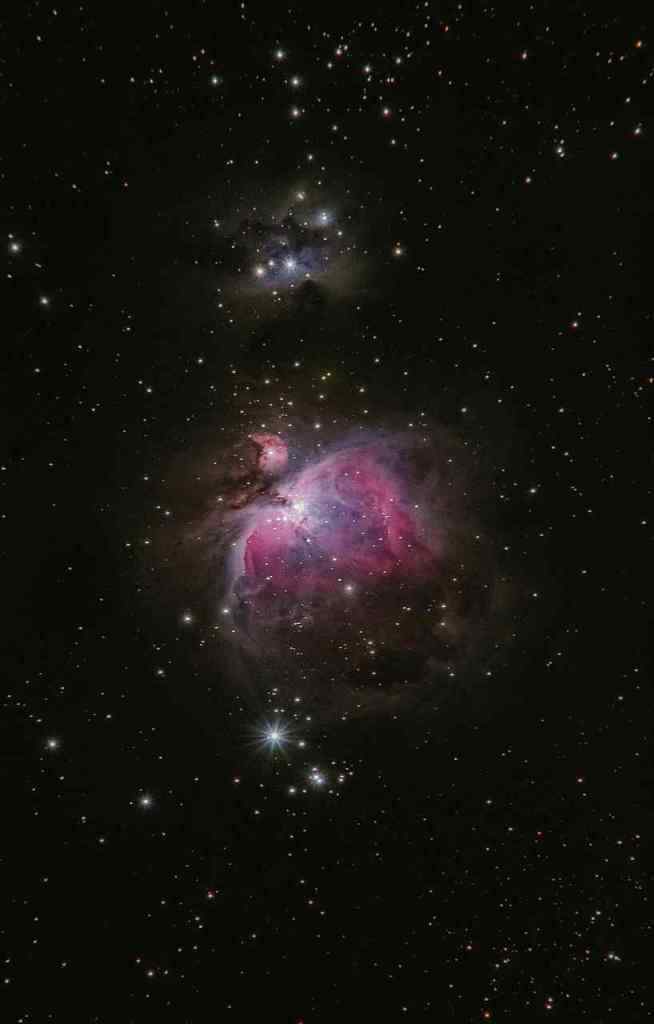Novel Algorithm Detects Earth-like Planets Amidst Stellar Noise
Introduction
Discovering planets beyond our solar system, known as exoplanets, poses a significant challenge due to the overwhelming presence of “stellar activity” in radial velocity (RV) measurements. Stellar activity refers to the intrinsic variations in a star’s spectrum, which can mimic the signals produced by orbiting planets. Traditional methods for mitigating stellar activity in RV measurements have proven limited, often resulting in false detections or missed exoplanets.
Machine Learning Revolutionizes Stellar Activity Mitigation
Researchers have developed a groundbreaking algorithm that leverages machine learning to disentangle stellar activity from exoplanet signals at the spectral level. This novel algorithm, based on convolutional neural networks, correlates changes in the spectral line profile with RV, full width at half maximum (FWHM), and bisector span (BIS) values derived from the classical cross-correlation function. By analyzing these parameters, the algorithm accurately models and removes stellar activity, paving the way for more precise exoplanet detection.
Stellar Activity Mitigation: A Breakthrough for Exoplanet Detection
Introduction
The hunt for Earth-like planets in the vast cosmos is an exciting endeavor, but stellar activity poses a significant challenge. Traditional methods struggle to differentiate between exoplanet signals and stellar noise. Our novel algorithm, however, is revolutionizing the game.
Machine Learning’s Stellar Solution
Our cutting-edge convolutional neural network algorithm directly tackles stellar activity at the spectral level. It analyzes changes in stellar line profiles, along with RV, FWHM, and BIS values, to effectively disentangle stellar noise from potential exoplanet signals.
Observational Triumphs
We tested our algorithm on Alpha Centauri B, Tau ceti, and the Sun, achieving remarkable results. Our algorithm surpassed traditional methods, enabling us to distinguish exoplanet signals with unprecedented precision.
Simulated Success
To further validate our algorithm, we injected simulated planetary signals into real stellar data. Once again, our algorithm proved its mettle, accurately detecting these elusive signals amidst the stellar chaos.
Detection Thresholds: A New Benchmark
On HD128621 and HD10700, our algorithm achieved a detection threshold of 0.5 m/s for planets with periods ranging from 10 to 300 days. Even more astonishing, on the HARPS-N solar dataset, we reached a threshold of 0.2 m/s, opening up the possibility of detecting Earth-sized planets orbiting Sun-like stars.
Significance: Unveiling Earth-like Treasures
These groundbreaking detection thresholds are a testament to our algorithm’s unparalleled ability to mitigate stellar activity. By clearing away the noise, our algorithm paves the way for the discovery of Earth-like planets in the habitable zones of nearby stars.
Conclusion
Our novel algorithm is a game-changer in the realm of exoplanet detection. By effectively mitigating stellar activity, we unlock the potential to uncover Earth-like planets that were once hidden in the shadows. This advancement brings us closer to answering the age-old question: Are we alone in the universe?
As we continue to refine our algorithm and explore new frontiers, the search for life beyond Earth takes an exciting leap forward, thanks to the transformative power of stellar activity mitigation.
